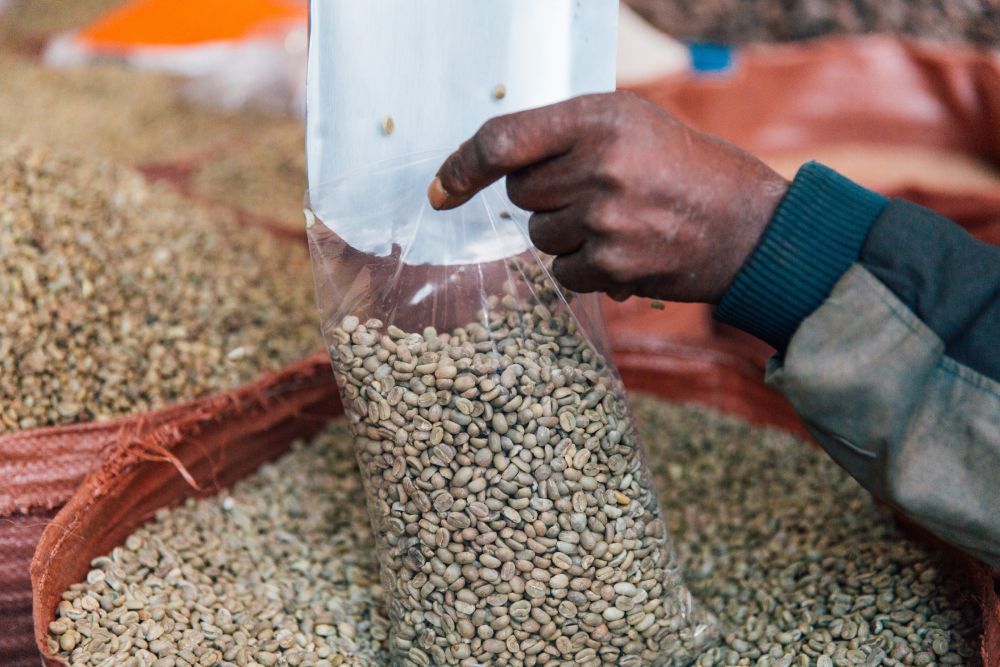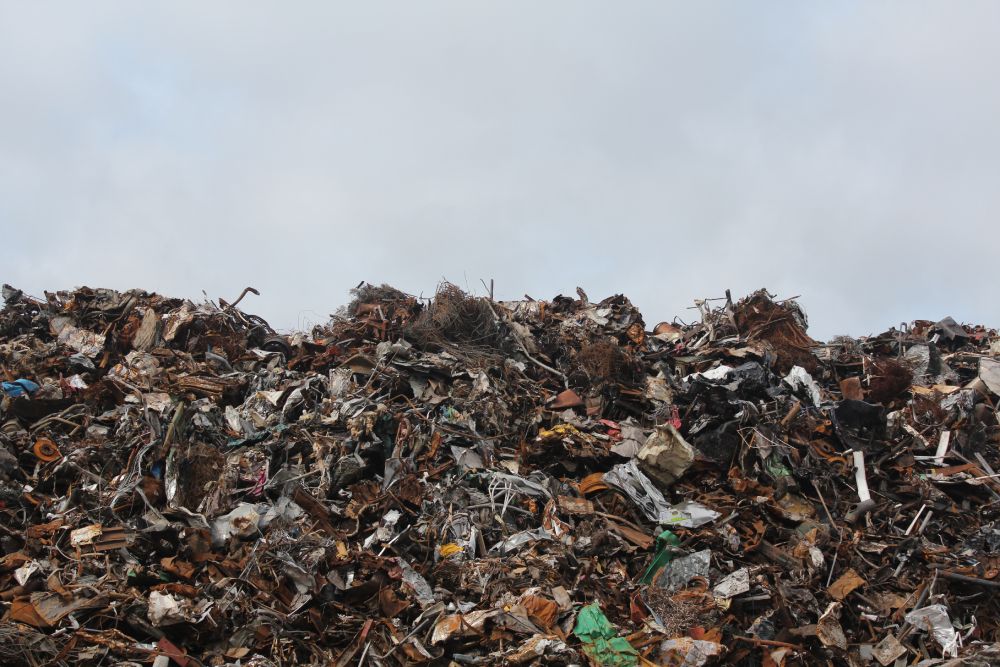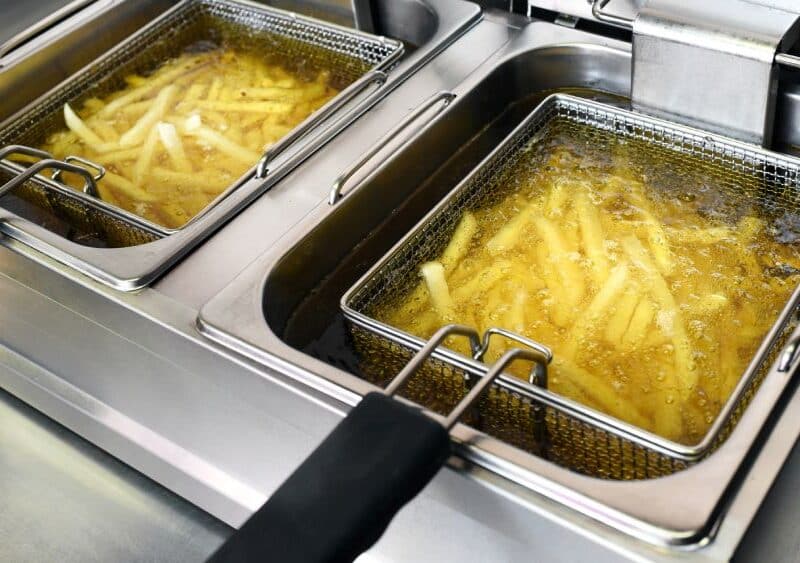
5 Ways Wholesale Food Distributors Help Chefs Reduce Food Waste
Food waste is a major problem — and restaurants are some of the worst culprits. Luckily, working with wholesale food distributors can help chefs quickly reduce food waste.
Food waste is a major problem in the culinary industry. In the U.S. alone, we waste 119 billion pounds of food each year, which is roughly 40% of all food in the country. Not only does food waste mean families in need can’t always put food on the table, but it also exacerbates climate change as producing, processing, transporting, and handling food generates carbon dioxide emissions. Plus, uneaten food winds up in landfills generating methane.
While some food waste is inevitable, we can do much better, especially in the culinary industry. After all, restaurants purchase food on a larger scale than households, meaning inventory surpluses can quickly add up, making a larger impact on the environment and affecting restaurants’ bottom lines.
The restaurant industry needs to proactively address food waste, which means turning to food distributors. With the help of wholesale food suppliers, chefs can more easily minimize waste while also getting their hands on fresh, high-quality ingredients at affordable prices. It’s a cost-effective win-win.
If tackling food waste seems like a daunting task, don’t worry! Food distributors can start you on the right path — and we’re going to go over exactly how they can help chefs reduce food waste and how to manage food waste in restaurants in this blog.
5 Ways Wholesale Food Distributors Help Reduce Food Waste
They Can Optimize Ordering and Inventory Management
When it comes to cutting back on food waste, efficient ordering and inventory management are essential. After all, if restaurants and chefs don’t have a clear idea of what they have or need, they’ll likely place large orders that ultimately result in significant waste. A lack of visibility into inventory is one of the leading causes of food waste in restaurants.
However, food distributors can reduce waste by helping chefs optimize their ordering and inventory management processes. Not only can wholesale food suppliers provide accurate demand forecasting to give chefs a better idea of what to include in their next order (and what to leave off!), but they can also provide advanced inventory tracking systems that give restaurants visibility into their inventories and order statuses.
With real-time inventory management, chefs can better plan their food business strategy. They’ll know what they have and can review historical data to discover trends, enabling them to take a proactive approach to ordering instead of a reactive one. Real-time inventory management can also minimize expired stocks, simplify food storage, and allow for just-in-time ordering, meaning restaurants will receive food exactly when they need it. The result is little-to-no excess inventory and much less food waste.
Valley View Produce’s online wholesale food ordering platform is simple to use and allows users to find what they need quickly. Plus, since Valley View Produce works with local suppliers, the food has less distance to travel, meaning it will arrive fresher and have a longer shelf life at restaurants.
They Can Provide Customized Portion Control and Packaging
When chefs head to the store to pick up food for their restaurants, they have a limited variety of packaging options to choose from. As a result, they generally wind up with more food than they need because the options at the store are either too small or too large. However, ordering wholesale food online can change the game.
For one, they can offer chefs pre-portioned ingredients and customized packaging options, ensuring restaurants only take what they need and minimizing excess food. They can also help chefs implement portion control strategies to reduce waste. For example, a chef might decide to reduce portion sizes because it turns out that a 9% reduction in plate size can cut food waste by more than 25% and customers won’t even notice a 20% reduction in portion size. Then, their distributor can adjust the quantity of ingredients they receive to ensure little goes to waste.
They Can Educate and Collaborate with Chefs
One of the major barriers to preventing food waste is the lack of awareness. People might throw away a little food here and there without thinking about the bigger picture — and it all adds up quickly, especially in restaurants, catering companies, and other businesses that use high volumes of food daily. That’s why the education and collaboration wholesale food suppliers can provide are invaluable for chefs wondering how to reduce food waste in restaurants.
They can also provide training programs and workshops for you and your employees, giving you expert insights into how to manage food waste in restaurants and how to reduce food waste in cafeterias. For example, a wholesale food distributor may recommend having a steady flow of fresh items with high turnover at the restaurant. On the other hand, it doesn’t make sense to keep a large quantity of ingredients that have lower or volatile demand, as they may go to waste.
Turning to distributors for their knowledge will give you valuable tips to optimize your practices and significantly lower your restaurant’s food waste. You’ll also take a big step towards establishing a culture of waste prevention. After all, when you pay a wholesale distributor for a workshop or training program, you show your employees how important reducing food waste is. And everyone knows that waste prevention is a group effort and can’t be done successfully without team-wide buy-in.
They Can Share Innovative Solutions and Product Utilization Techniques
Wholesale food suppliers can also share their product tips and tricks for helping chefs reduce waste. For example, a wholesale food distributor might:
- Offer pre-cut produce: Pre-cut produce is incredibly convenient and can significantly reduce waste in the kitchen. It can also save restaurants money in the long run, as it reduces the labor costs associated with cutting produce and disposing of the resulting waste.
- Share suggestions for repurposing food scraps for stock or composting: Small chunks of food waste may not look like much, but they can quickly add up, costing restaurants lots of money and resulting in heaps of waste. However, chefs can also combine scraps to create something new. For example, chefs can use veggie and bone scraps to create a flavorful homemade stock for future use in everything from gravies to soups.
- Provide recipe ideas that utilize less popular or excess ingredients: Chefs often end up with leftovers or ingredients that aren’t typically the star of a dish and may struggle to know exactly how to use them. Fortunately, food distributors can suggest recipe ideas. For example, a bread pudding or Panzanella salad is the perfect way to use stale bread, while chefs can turn leftover meat fat into lard or tallow for use in future cooking.
They Can Help with Tracking and Analyzing Waste Data
When it comes to how to reduce food waste in restaurants, tracking and analyzing food waste data is essential. After all, how will chefs know where to improve if they don’t have visibility into exactly how much waste they’re currently producing?
Food distributors can provide chefs with tools or software for monitoring and analyzing waste data. These tools allow for data-driven decision-making, which can further minimize waste, and food distributors know which ones are best suited for restaurant use. They can recommend easy-to-use solutions to track what food is discarded and why.
Chefs will then be able to glean trends. For example, a food waste tracking tool might show that much of the discarded food is spoiled, telling restaurants they may need to adjust ordering quantities. A tracking tool could show that lots of food is tossed out due to drops, letting restaurants know workers need better training or the kitchen and dining sections need a new layout.
What Do Restaurants Do with Food Waste?
Half a pound of food is wasted per meal in restaurants, but what do restaurants do with food waste?
Most of it is simply thrown out. The food waste ends up in landfills, creating methane and contributing to global warming. Some food waste ends up in compost piles, and only a small portion of food waste is donated to those in need due to liability fears and the fact that food banks can’t take cooked food.
What Are the Benefits of Reducing Food Waste in Restaurants?
However, many restaurants are working to cut down on food waste. After all, there are many benefits of reducing food waste in restaurants.
For one, reducing food waste can improve global nutrition and food security. Already, millions are going hungry, and the global population is only expected to grow. By paying attention to their inventory and ensuring diners consume the food they purchase, restaurants can do their part in addressing hunger.
One of the major effects of food waste in restaurants is the uptake in greenhouse gas emissions — and with food loss and waste accounting for up to 10% of global emissions, restaurants can make a significant impact in the fight against global warming by simply adopting new strategies to crack down on food waste.
Managing food waste can also lead to financial savings for restaurants. Not only does less food waste mean less money spent on food and labor, but it also lowers trash pickup and disposal expenditures. In fact, restaurants will save an average of $7 per every $1 invested in food waste reduction.
What’s more, it can do wonders for a restaurant’s reputation. Consumers are more environmentally conscious than ever and want to patronize restaurants that share their values. By decreasing food waste, restaurants can show that they are dedicated to the environment and retain — or even attract — even more customers.
Valley View Produce: Ready to Help Reduce Food Waste
Reducing food waste is a win-win for everyone, but understanding how to reduce food waste in restaurants isn’t necessarily easy. Luckily, distributors know how to manage food waste in restaurants and are ready to help chefs take action. Not only can wholesale food suppliers offer strategies that can positively impact the environment and a restaurant’s bottom line, but they can also provide insights on everything from inventory management tools to waste data.
If you want to discover how to reduce food waste in cafeterias or how to manage food waste in restaurants, Valley View Produce is ready to step in! Our family-run business has provided customers with quality, fresh produce for decades. We offer client-centered service, deliver to New York City’s five boroughs, Jersey City, Hoboken, West New York, and Weehawken Township and have the industry experience and knowledge to help you reap the benefits of reducing food waste in restaurants.
Start ordering online from Valley View Produce today!







